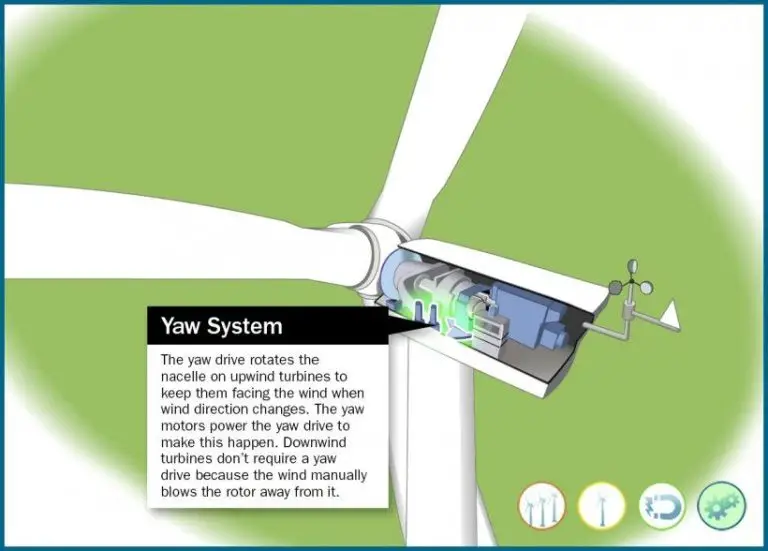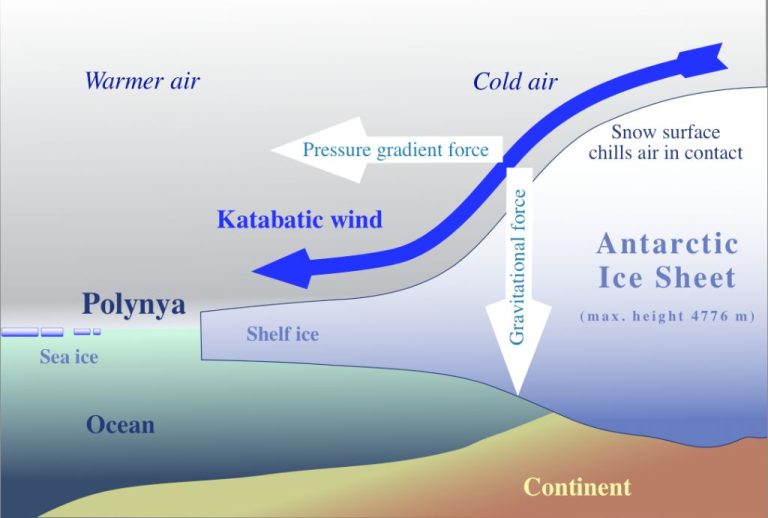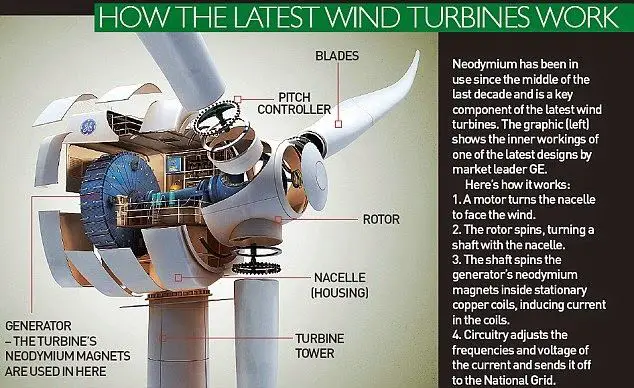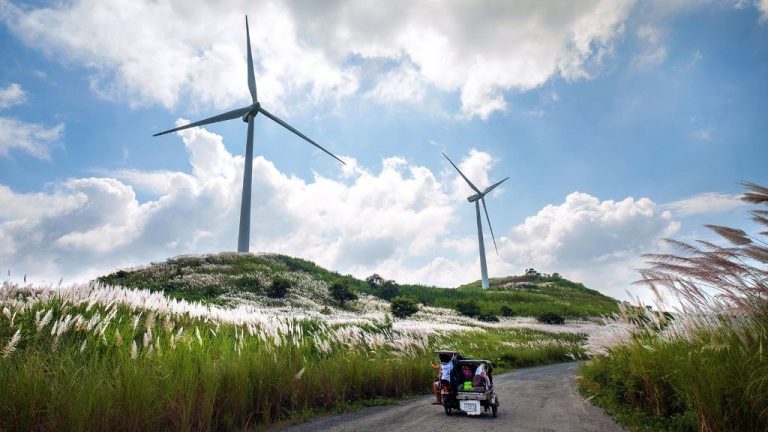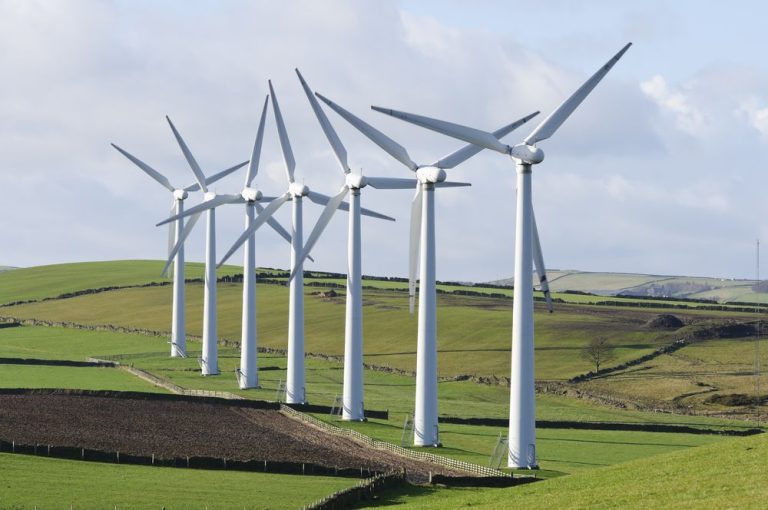How Do You Stop Wind Turbine Noise?
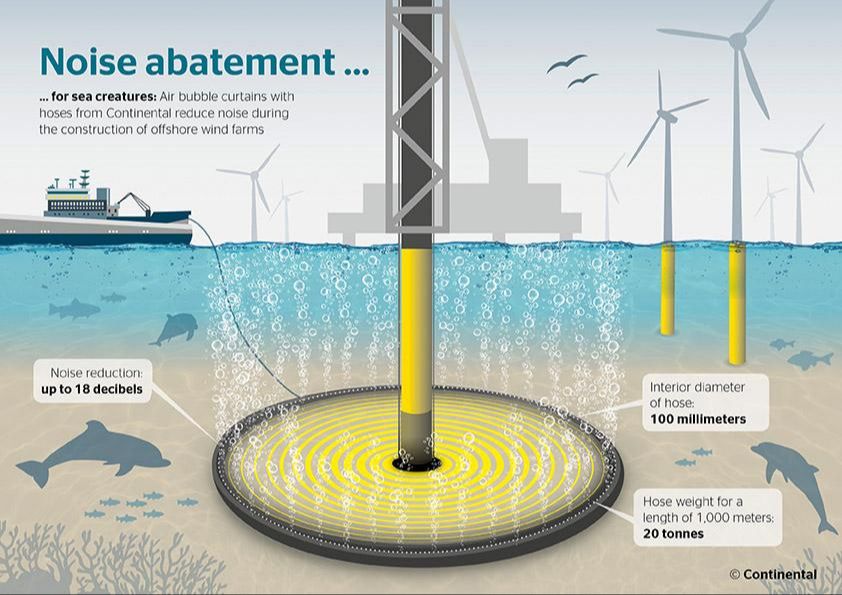
Wind turbines provide a renewable source of energy, but they also produce noise that can be disturbing to nearby residents. The spinning blades create a swooshing sound as air passes over them, and mechanical components like gears and generators contribute to the noise as well. Noise issues have led to complaints and even lawsuits in some areas where wind farms are located close to homes.
There are several techniques available to help reduce noise from wind turbines. Careful site selection, design modifications to the turbines themselves, operational changes, noise barriers, insulation, and community engagement can all play a role in mitigating noise. This article provides an overview of these common noise reduction approaches.
Sound Basics
Sound is produced when an object vibrates, causing the surrounding air molecules to vibrate. This creates a mechanical longitudinal pressure wave that propagates outward from the source through the medium (air) (1). The vibrating air molecules bump into neighboring air molecules, transferring the energy through the medium. The farther the wave travels from the source, the more spread out it becomes, decreasing in loudness.
The key characteristics of a sound wave are frequency, wavelength, amplitude, and speed. Frequency refers to how many cycles occur per second, measured in Hertz (Hz). Higher frequencies mean a higher pitched sound. Wavelength refers to the distance between successive high pressure points of the wave. Amplitude is related to the loudness or intensity of the wave. Finally, the speed of sound depends on the medium it travels through, around 340 m/s in air (2).
As a longitudinal pressure wave, sound exhibits phenomena like reflection, refraction, diffraction, and interference just like light waves. However, unlike transverse light waves, the particles in the medium vibrate parallel to the direction of energy transport during sound wave propagation.
(1) https://www.physicsclassroom.com/class/sound/u11l1c.cfm
(2) https://www.pasco.com/products/guides/sound-waves
Sources of Wind Turbine Noise
One of the main sources of wind turbine noise is aerodynamic noise from the blades. This is caused by airflow over the blade surface and usually creates a “swishing” or “whooshing” sound that varies with wind speed. The tips of wind turbine blades move at high speeds as they rotate, which can lead to a constant swooshing noise. Smaller wind turbines tend to generate more aerodynamic noise than larger turbines. The shape, speed, and edges of the blades all influence how much aerodynamic noise is produced (Wind Turbine Sound – WINDExchange – Department of Energy).
Mechanical noise from internal components within the turbine can also contribute to overall noise levels. The gearbox contains gearing mechanisms necessary for generating electricity and is a potential source of mechanical noise. Vibration of other components like the generator, yaw system, cooling fans, and hydraulic pumps may also produce noise if not properly isolated or maintained (FACTS ABOUT WIND ENERGY AND NOISE). Proper design, assembly, and maintenance of all components is key to minimizing mechanical noise emissions.
Turbine Design Modifications
Certain design modifications of wind turbine blades and components can help reduce noise. One method is the use of trailing edge serrations on blades. Research has shown that serrated trailing edges can reduce overall noise by 1-2 dB across a range of frequencies (https://iopscience.iop.org/article/10.1088/1742-6596/753/2/022019/pdf). The size, spacing, and angle of the serrations can be optimized to target noise reduction at specific frequencies.
Another technique is swept blade tips, where the outer portion of the blade is angled rearwards rather than perpendicular to the rotor axis. Studies have found that a sweep of 20 degrees can lower noise by around 1 dB (https://www.sciencedirect.com/science/article/pii/S1876610219313074).
Applying sound-absorbing materials like porous trailing edge inserts along the blade also dampens noise. Combining multiple modifications can provide an accumulative noise reduction benefit.
Site Selection
One key way to reduce wind turbine noise issues is through careful site selection during the planning and development phase. choosing an appropriate location for the wind farm and individual turbines is crucial to minimize noise impact on nearby residential areas. Factors such as increased setback distances from homes and avoiding steep terrain can reduce noise.
Studies show that increased distances between turbines and homes is one of the most effective ways to reduce noise impact. Each doubling of distance decreases sound pressure by 6 dB. Setback requirements of 1000-1500 meters or more from residences is recommended to keep sound below acceptable thresholds. This increased buffer zone reduces noise exposure for nearby communities.
Avoiding complex terrain with steep ridges and valleys is also advised. Sound propagates easier over water and downhill, so turbines located on ridgelines can increase noise. Flat or gently rolling terrain is preferred to minimize environmental impacts on noise output. Careful micrositing based on small changes in topography can reduce community noise exposure.
Overall, options like increased setbacks and optimal terrain selection allow developers to choose locations that limit noise impact. Careful site selection provides significant noise reduction benefits. (Source: https://energy5.com/incorporating-noise-reduction-in-wind-turbine-planning-and-siting )
Operational Changes
One of the most effective ways to reduce wind turbine noise is to make operational changes to the turbines. Two key approaches are reducing rotor speed and scheduling periodic shutdowns.
The noise generated by wind turbines comes largely from the rotation of the blades. The faster the rotor spins, the more noise it creates. Therefore, reducing the rotor speed, even by a small amount such as 2-3 rpm, can noticeably reduce the overall noise output (Source).
Another option is to schedule planned shutdowns of the turbines during times when noise is most intrusive, such as overnight or during evenings. Completely stopping the rotors for set periods eliminates the noise at its source. The timing of shutdowns can be tailored based on community feedback to maximize noise relief when it’s needed most (Source).
The tradeoff is that these operational changes reduce energy production to some degree. However, they provide direct noise mitigation through adjustments to the equipment itself, rather than masking or redirecting the noise after it’s already generated.
Noise Barrier Structures
One method of reducing wind turbine noise is to install noise barrier structures around the turbines. These can include earth berms, which are mounds of earth, and solid walls or fences constructed from concrete, masonry, wood, metal, or other solid materials. According to Noise Barriers Made From Upcycled Wind Turbines (https://goexplorer.org/noise-barriers-made-from-upcycled-wind-turbines/), an innovative approach is using retired wind turbine blades to construct noise barriers. The fibreglass from old blades can be recycled into sound barriers. Solid barriers like these work by blocking and absorbing the sound waves emanating from the turbines.
Properly designed noise barriers located close to the source can reduce noise levels by 5-10 decibels. Earth berms have the advantage of using natural materials, while solid walls provide the highest noise reduction. The effectiveness depends on factors like the height, length, and position of the barrier and its material composition. When situated appropriately between the turbines and nearby homes or businesses, noise barriers can significantly cut down on wind farm noise pollution.
Insulation and Masking
One way to reduce the impact of wind turbine noise inside homes is to upgrade insulation and sealing. Better insulation, especially in walls and attics, can dampen outside noise. Replacing windows with thicker glass or triple pane windows can also cut down on noise transmission (1). Adding additional mass to walls with drywall layers is another option. Properly sealing and weatherstripping windows, doors, attic hatches, and walls penetrations helps minimize sound intrusion points.
Using white noise machines or sound generators is another masking technique. These devices produce non-intrusive background sounds like fans, nature sounds, or ambient noise to help cover up and mask wind turbine noise (2). Carefully selecting and tuning the noise frequency and volume allows home occupants to find an optimal balance where turbine noise fades into the background.
(1) https://patents.google.com/patent/EP3881314A1/en
(2) https://www.diva-portal.org/smash/get/diva2:11339/FULLTEXT01.pdf
Community Engagement
Wind farm operators can help build goodwill through community engagement efforts around noise concerns. This may involve implementing noise monitoring and response protocols. Operators can install permanent noise monitors around the perimeter of a wind farm. If noise levels exceed predetermined thresholds, the monitors trigger an investigation and potential mitigation response. Financial compensation programs are another approach. These provide direct payments to nearby residents impacted by turbine noise. Compensation helps offset annoyances. It also gives community members a sense they are benefiting directly from the wind farm.
Community advisory boards are another engagement strategy. These boards give residents an official channel to raise concerns and provide input. Overall, community engagement demonstrates the operator’s commitment to being a good neighbor. It helps turn residents from opponents into partners. With proper monitoring, response protocols and financial incentives, communities are more likely to accept wind farms despite potential noise annoyances.
Conclusion
The most effective options to stop or reduce wind turbine noise include making turbine design modifications like serrated trailing edges or vortex generators, selecting sites carefully to increase distance from homes, and using insulation, masking or noise barriers where needed nearby residences. Operational changes like shutting down at certain wind speeds, times of day or seasons can also help.
It’s important to balance mitigating wind turbine noise with continuing to support the growth of renewable wind energy. Completely stopping wind farms may not be feasible or desirable. The strategies discussed can allow wind energy to expand in a way that minimizes disruption to local communities.

